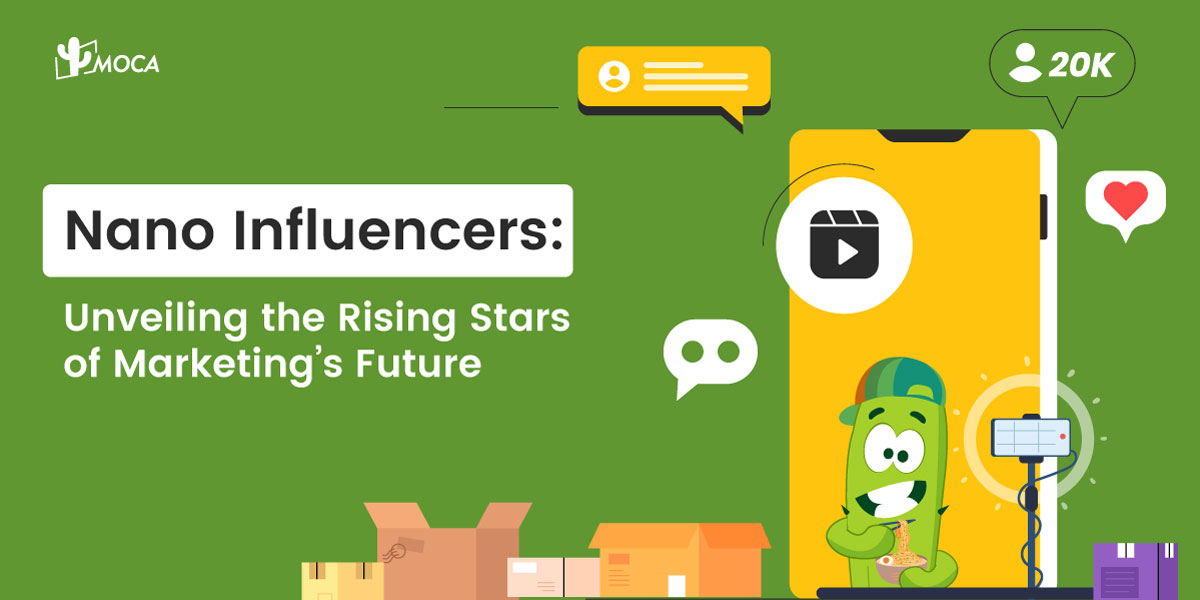
Experts forecast that in 2024 nano influence will emerge as a dominant force within the influencer industry, commanding a projected market value of $22.2 billion. Brand awareness will double down on these niche influencers to tap into their close fan relationships and high engagement rates in key verticals.
It’s no secret that collaborating with influencers can come with a hefty price tag, particularly those with massive followings, a shift towards nano influencers is becoming increasingly evident. Unlike their larger counterparts, nano influencers are often willing to collaborate in exchange for free products or proceeds from an affiliate link.
Although mega influencers and celebrities continue to dominate certain categories, the use of nano influencer is steadily increasing. Nano-influencers, with 1,000 to 10,000 highly engaged followers on platforms like Instagram, TikTok, and YouTube, represent the grassroots of the influencer landscape. These individuals, who we encounter daily in our communities, usually dedicate more time to nurturing their connections due to their smaller follower base. As a result, they boast the highest engagement rates across all platforms, averaging at 4.4%, according to The State of Influencer Marketing 2024. This trend offers brands opportunities to tap into stronger community ties and authentic content to reach target audiences effectively, driving more brands to shift towards cooperating with nano-influencers.
In terms of payment, nano influencers typically get far paid less than mega influencers, especially Celebrities influencer. Celebrities usually charge upwards of $1 million per post, macro-influencers may charge up to $1,800 per post, while nano influencers, on average charges $10-$200 per post. Sometimes, nano influencers work with brands for free products instead of monetary compensation.
Nearly 70% of brands are planning to primarily utilize nano and micro influencers in 2024, according to Aspire. Across various social media platforms, nano influencers shine brightest on TikTok, where they command an astounding 18% engagement rate, followed by Instagram at 5% and YouTube at 3.5%. This heightened engagement can be attributed to their more niche audiences, which foster deeper levels of trust and authentic connections, enhancing ROI and reducing cost per impression for advertisers.
According to Statista, Instagram’s largest user bases are in India with 326.6 million users, followed by the US with 168.6 million and Brazil with 132.6 million. This makes the global landscape for nano influencer marketing ripe with great potential. Moving forward, brand awareness efforts are expected to focus more on these niche influencers, leveraging their close fan relationships and high engagement rates across key verticals.
Learn more about how to leverage Nano influencer to boost your brand cost effectively? Contact MOCA at business@moca-tech.net.